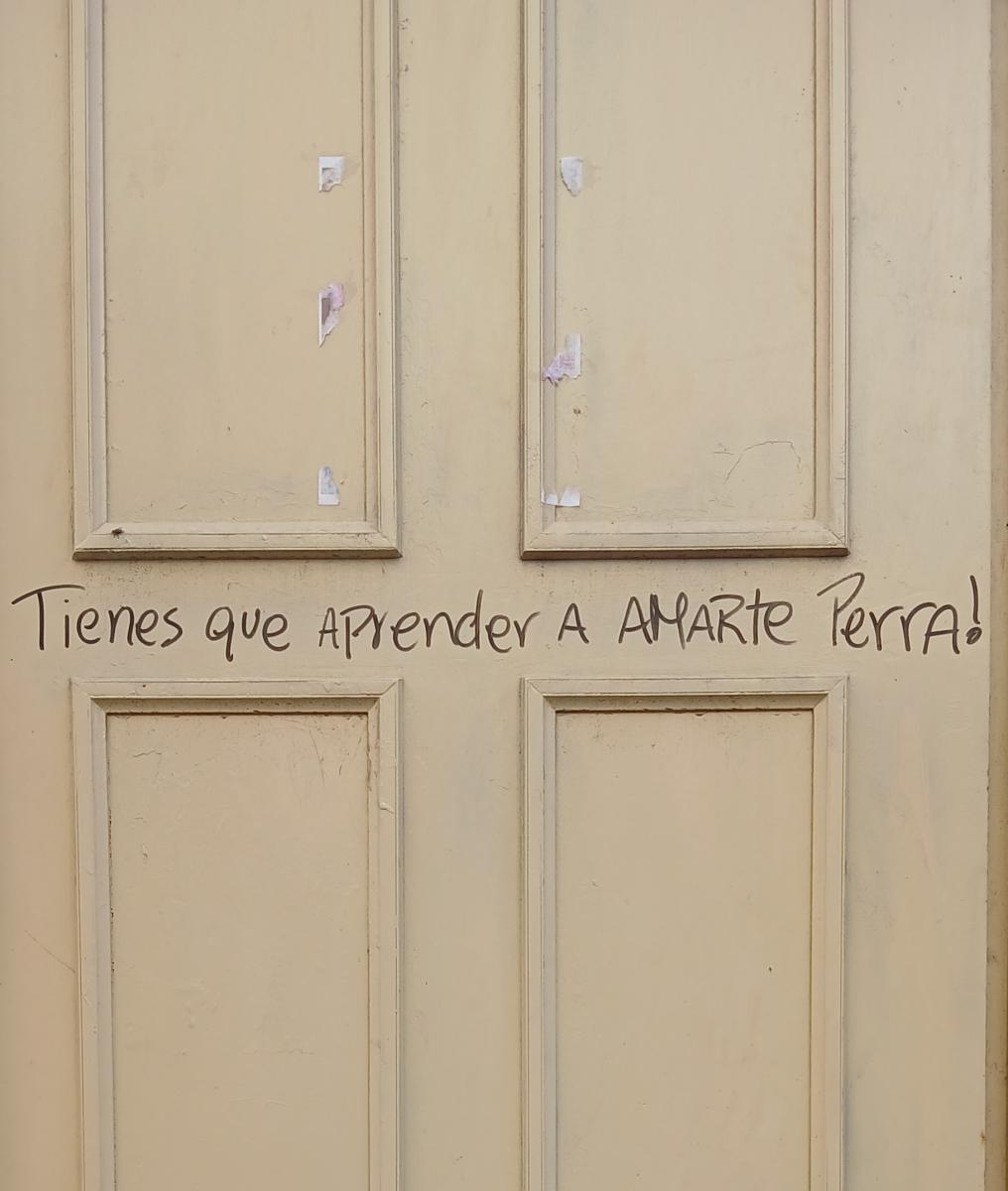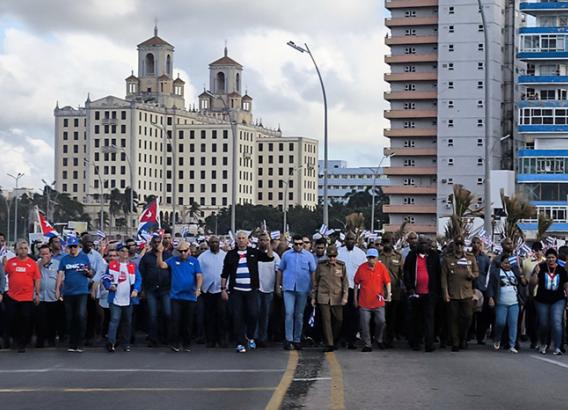Love Graffiti
especiales

Not everything is lost. I've walked beyond my block and found many love signs, in diverse styles, with romantic language, sometimes direct, vulgar, poorly written, but with a clear message that tells me that affection can still save us, as I've always believed because of its power to move in every way.
Sometimes I assure myself that we are empty, that we are only concerned with the practical aspects of life, that problems and the economy drag us into that abyss of uncertainty and chaos; So, after stopping at several signs, it seems that socially we are very different: dry, apathetic, grumbling, tired, insensitive, and, on the other hand, all feelings.
And that's fine; difficulties surround us, they cling to us, but it would be a huge mistake to let ourselves be completely swept away and surrender to misery when there’s still hope to do and feel.
José Martí once said it, or some attribute to him: "The only truth in this life, and the only strength, is love. In it lies salvation..." And how right he is! That's why I feel optimistic about every demonstration I saw that reminds me that we are sentient beings.
Perhaps the graffiti I came across was done by teenagers driven by the passion of their age, by those seasonal fevers that make them want to shamelessly shout what they feel and let the world know that their ground is moving with all the sweetness and drama possible. What happens to them then? Will they disappear, swept away by the tide of pragmatism?
Who hasn't scratched a desk, a wall, or a tree at some point, as if to perpetuate an emotion, a connection, a message? It was wrong, but passion and rebellion sometimes ignore what's appropriate, and deep down, it's also a bit naive.
In my journey, from time to time the declaration was a simple "I love you," "So-and-so + So-and-so forever," other times it was almost a speech, "I love you, my little girl, I can't live without you." But they also ask for forgiveness, beg, or demand that you value yourself, as they would say to a sister, just like that, without hesitation, almost imposing: "You have to learn to love yourself, slut!" At other times, they encourage you to open your eyes: "You need to be happy," a phrase with many interpretations, but I choose the noblest of all.

Graffiti is a concept of visual communication that can have artistic value. It's done in public spaces and generally without permission. Therein lies the dilemma, when it transgresses. The term means "scribble" or "scrawl." Its messages can be subliminal or direct, inviting thought, of social criticism and protest, personal outpouring, or advertising. Their techniques and styles are equally varied, from a simple signature, short or elaborate phrases, simple and monochromatic or complex, full of colors and embellishments, even a drawing.
They can be done freehand or with the use of stencils, covering an entire wall or being barely visible. Depending on their composition, they will be classified as urban art and add beauty to the metropolitan landscape, depending on how you look at it.
It’s undoubtedly an authentic and ancient cultural expression present throughout the world. It is often associated with marginalization. It’s a somewhat anonymous activity that takes risks because graffiti artists like what is forbidden, the most provocative canvas, whether it's on top of a bridge or in front of the very authorities who control it, because they enjoy the challenge and the surprise. Just as I guess the foundations of teenagers who hastily improvise posters to amaze the people they desire.

The list of renowned graffiti artists is enormous; Banksy from the United Kingdom, Os Gemeos from Brazil, and Aya Tarek from Egypt are just a few examples. However, a movement that is gaining momentum is Acción Poética (Poetic Action). It is a literary and artistic phenomenon that originated in Mexico and spread to other cities in the Americas, expanding worldwide and filling street spaces with poetry and positive, sentimental texts that speak of hope, life, nostalgia, and love.
These posters are easily identifiable because they have a clear and determined aesthetic. They are often fragments of poems painted on a wall or facade with large, dark letters so that the contrast and emotions do the rest. It is also a way of universalizing authors, of making signs more enjoyable because nothing is more pleasurable than optimistic reading and love notes. There is a high probability that the passerby will stop, reflect and smile, and even take photos and send them to their loved ones, as happened to me with that yellow door in a popular and cracked area of Havana.













Add new comment